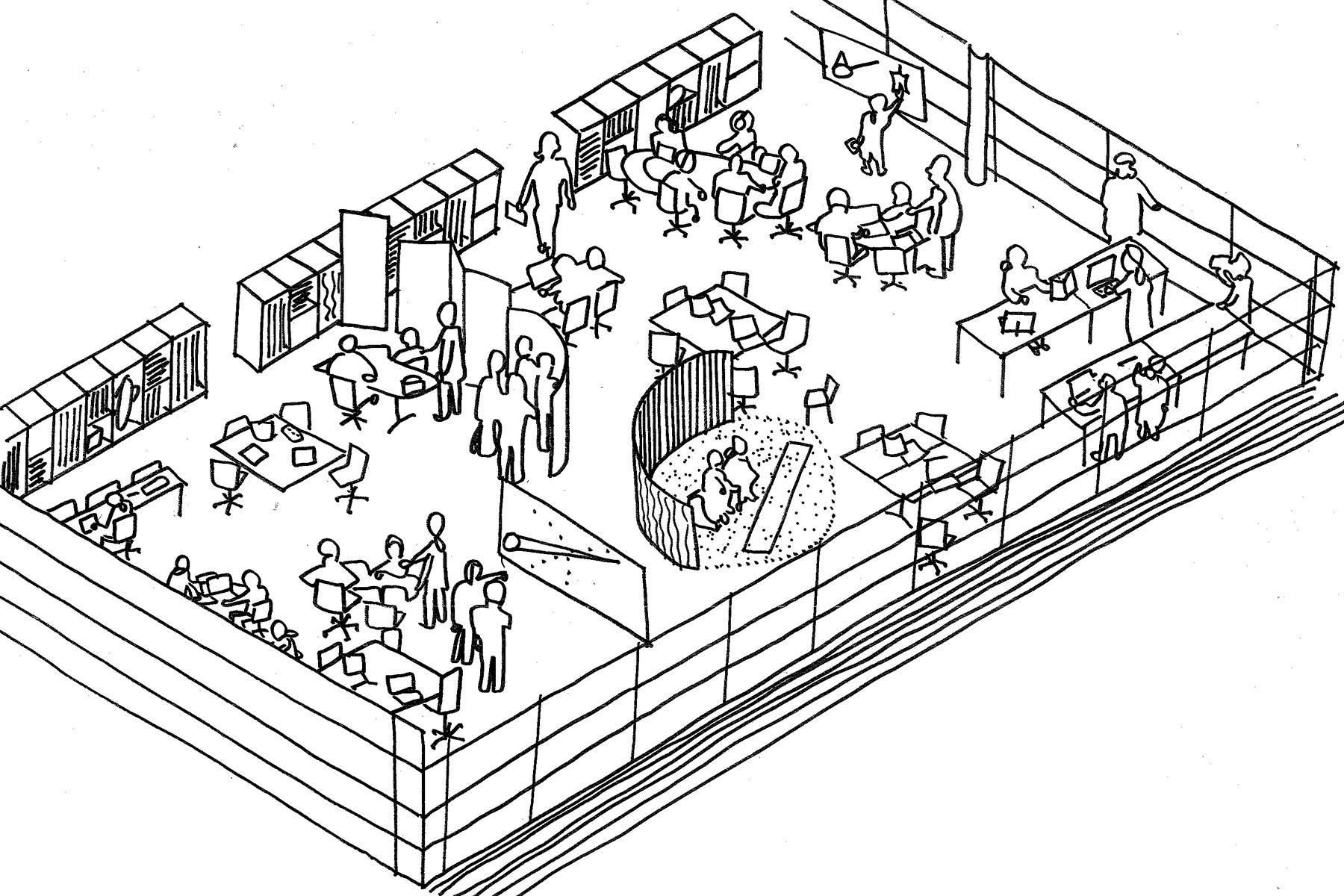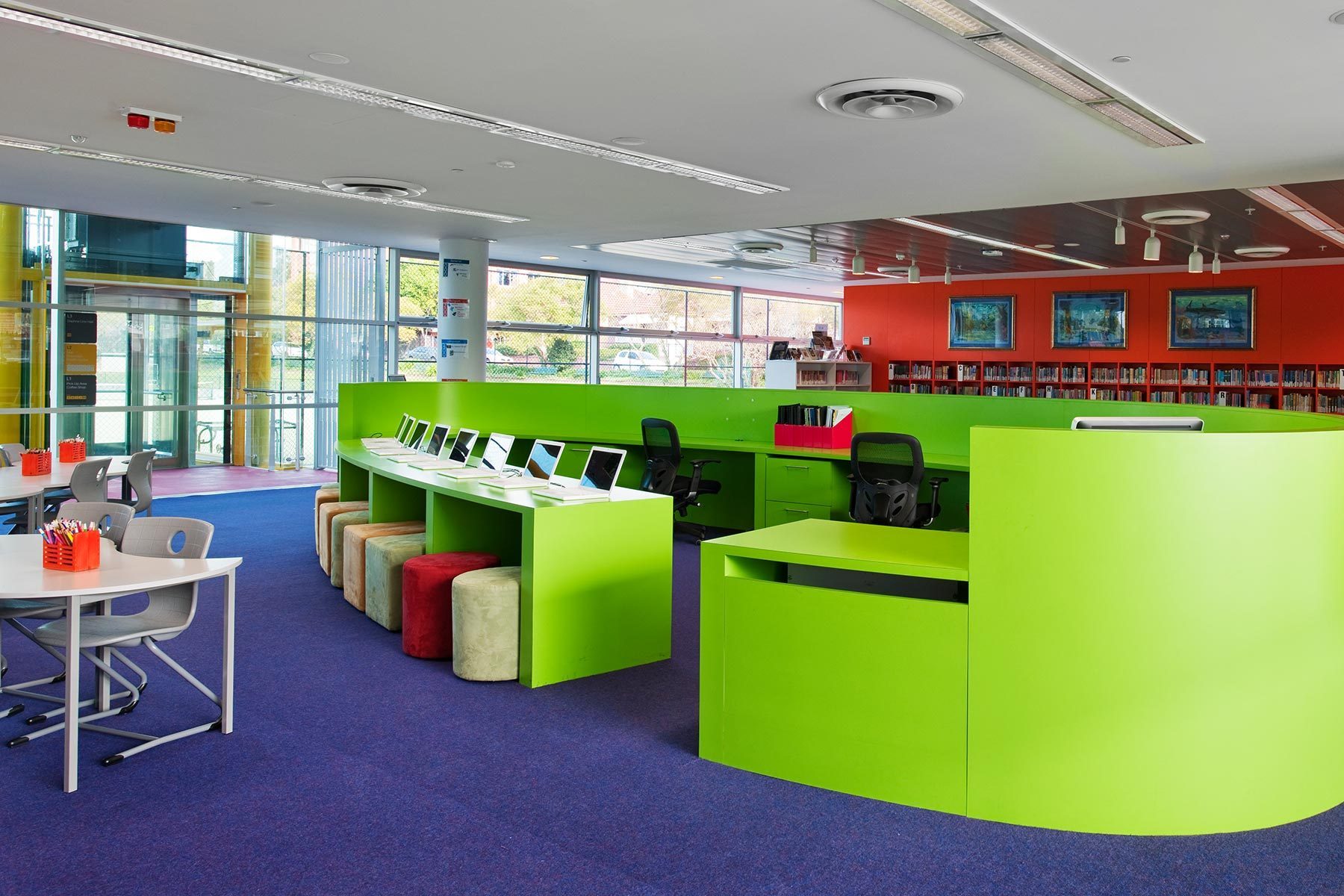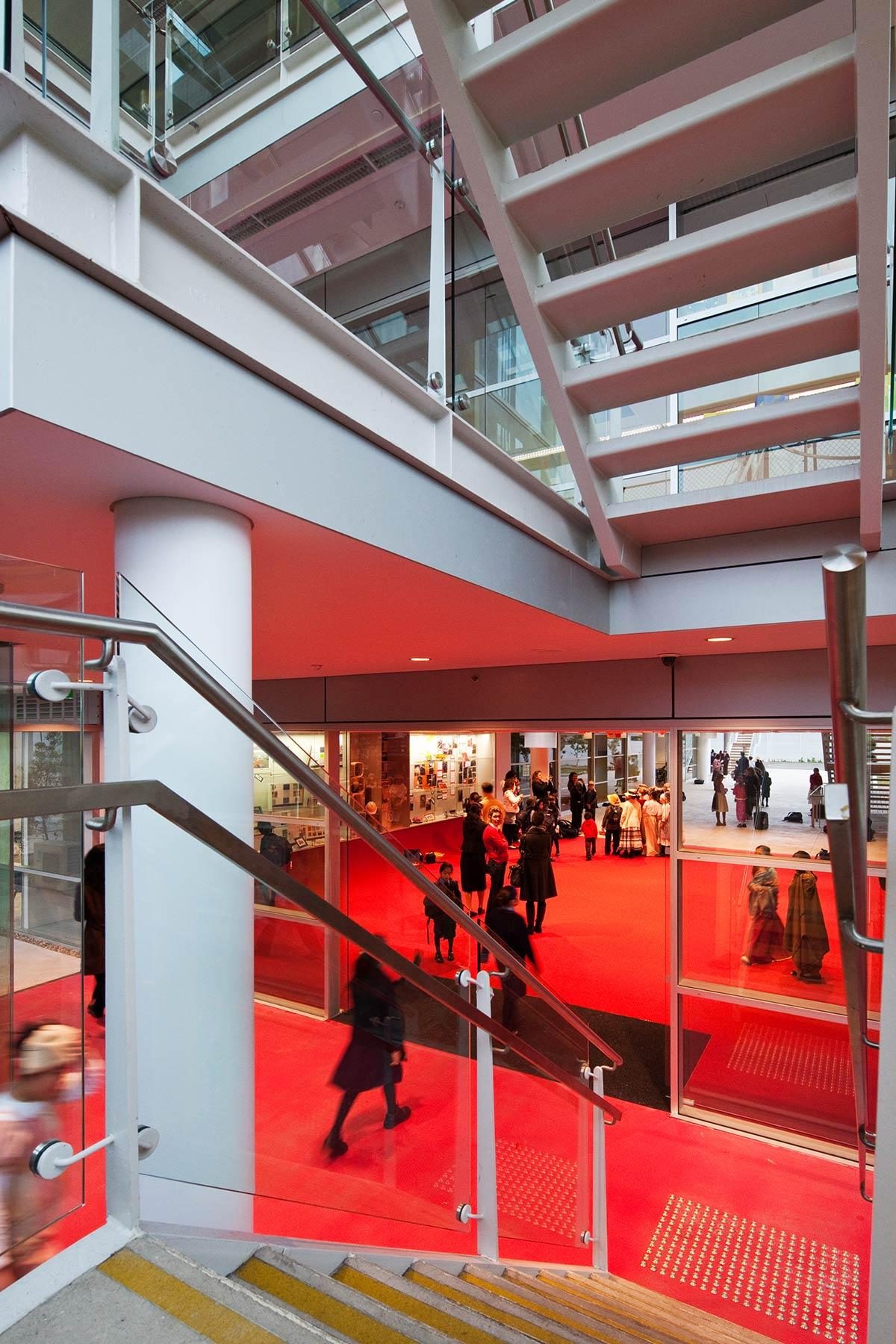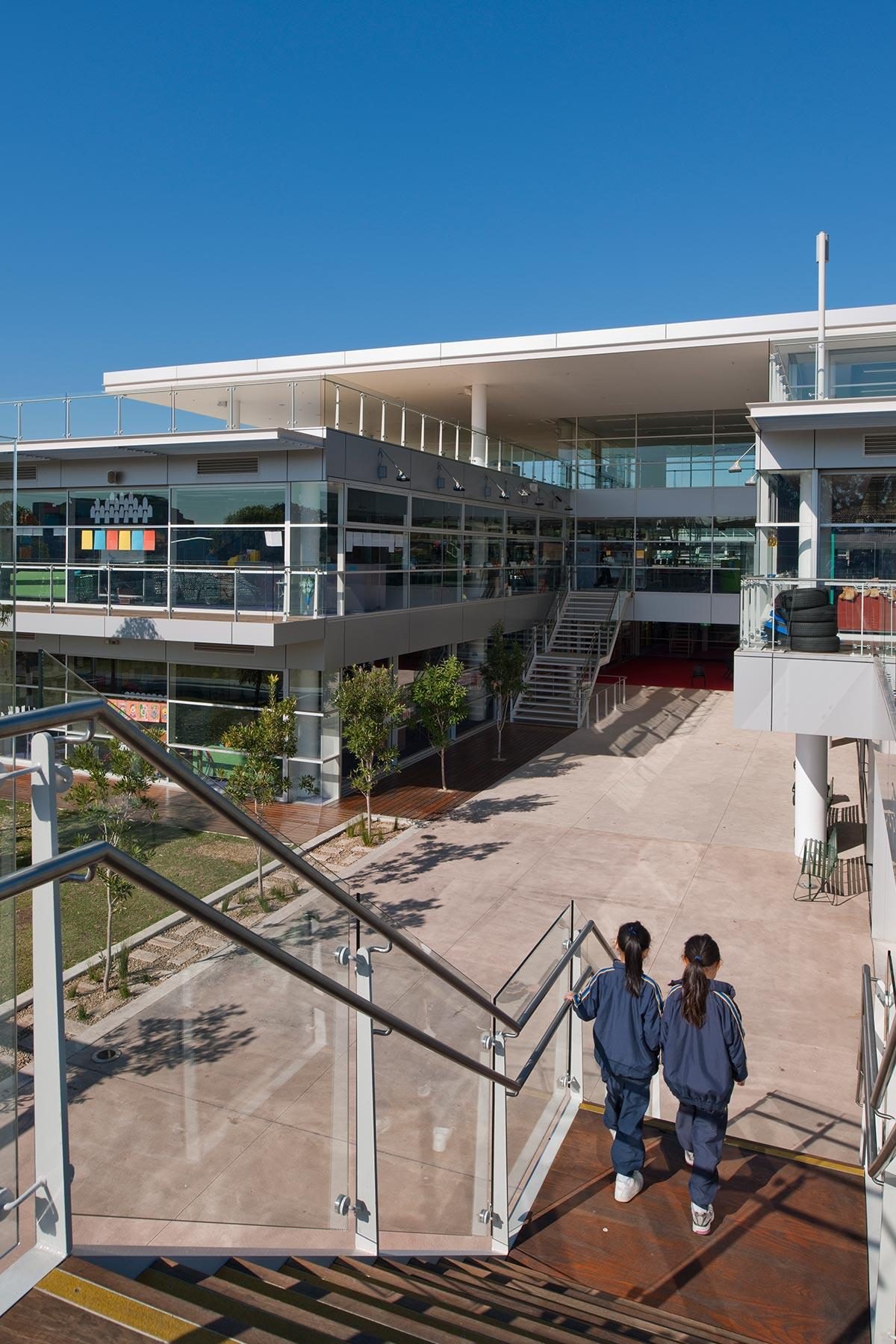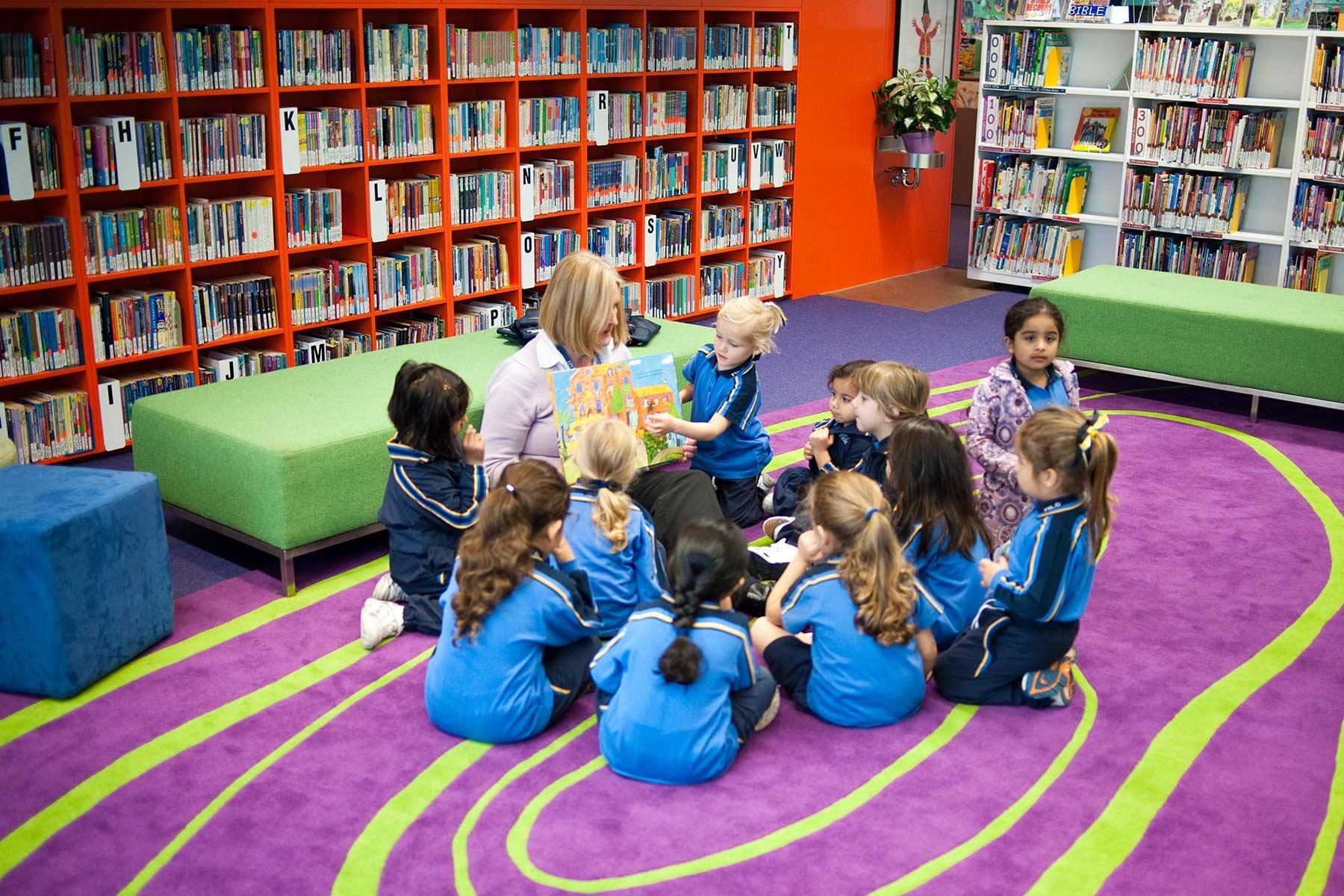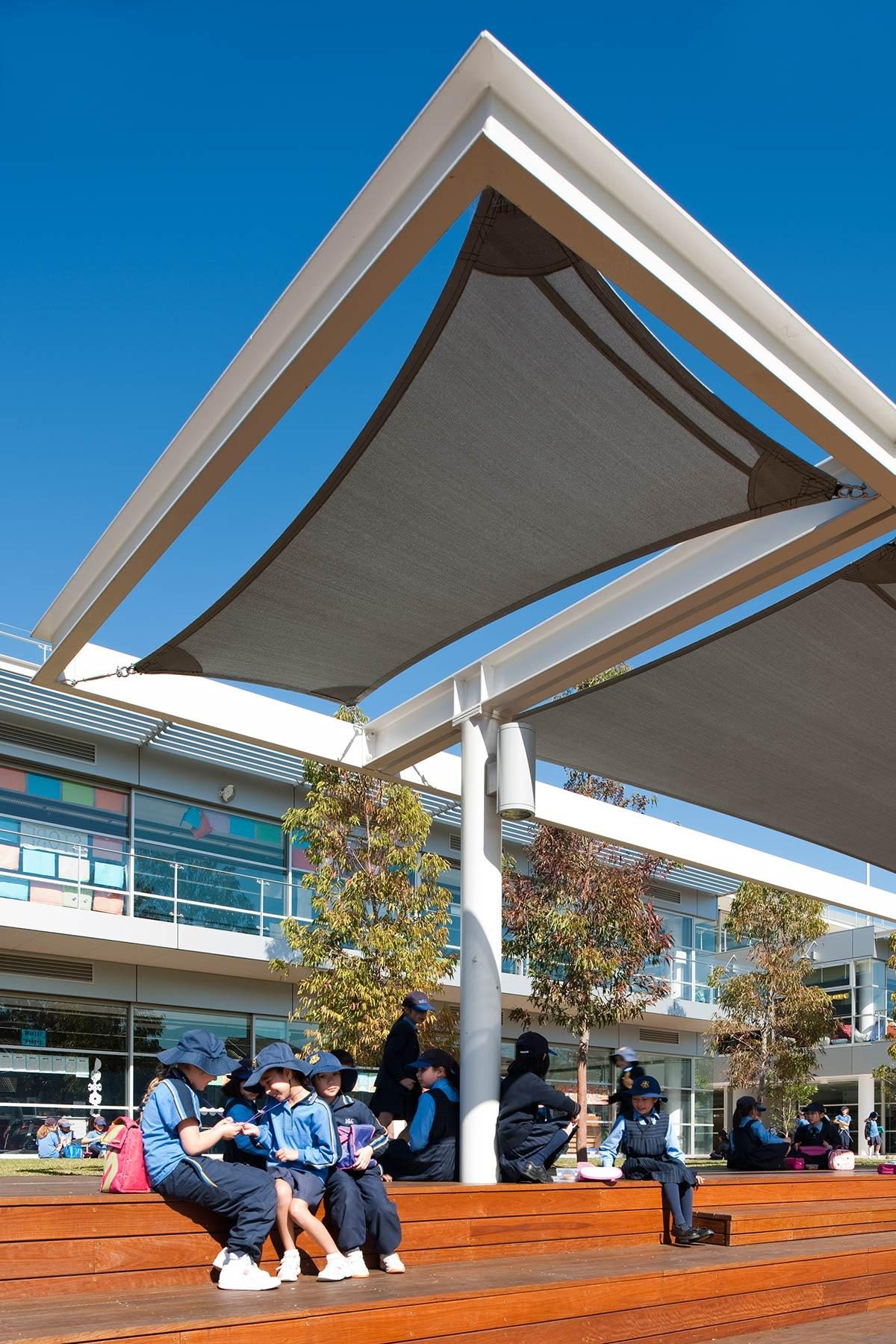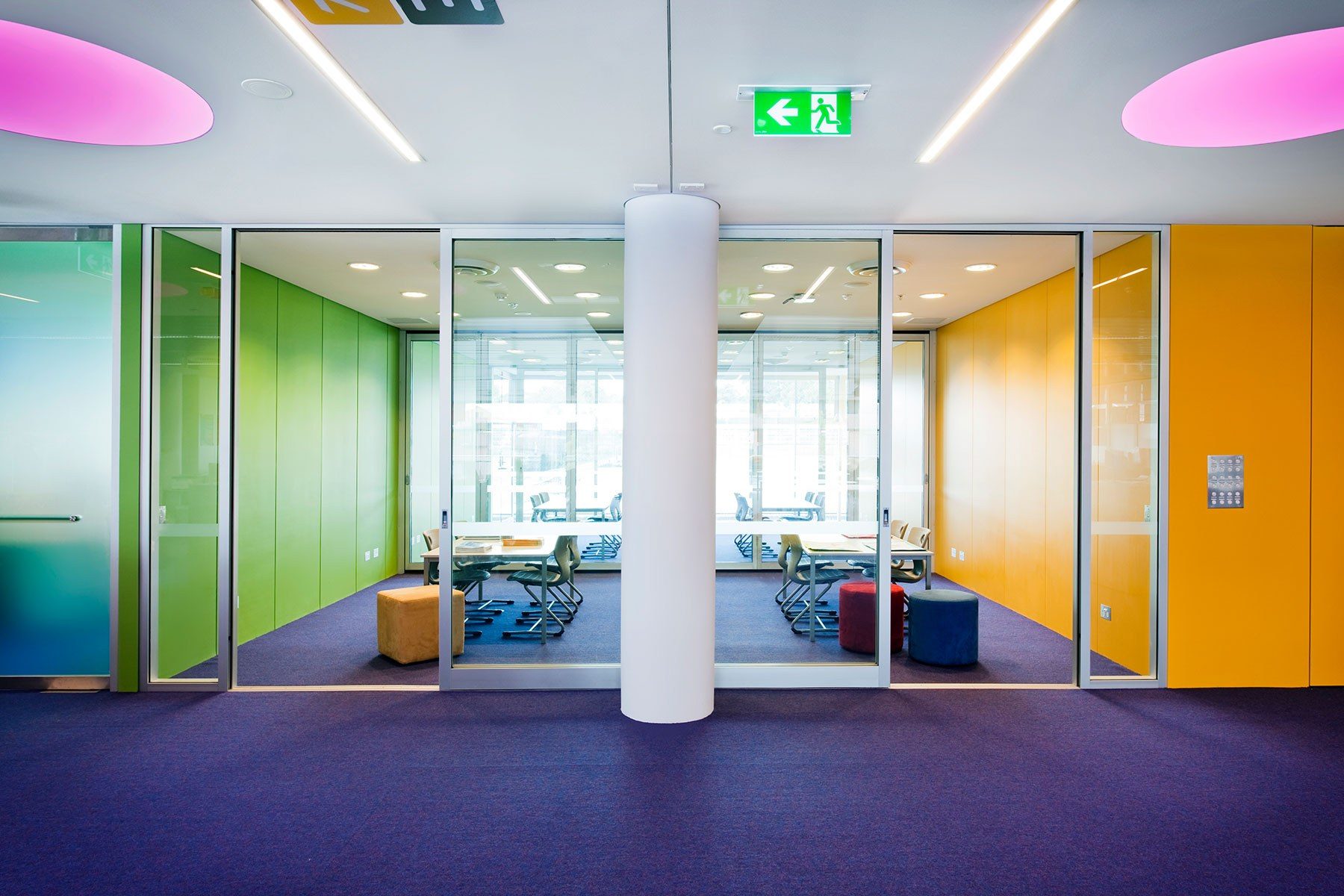Schools today are very different from what they were in 1886 when MLC was founded in Burwood, Sydney.
Rote learning with children arranged in rows of desks facing a teacher at a blackboard have been replaced by fluid environments where children are encouraged to learn by direct experience and collaboration with others.
By the 1960s, the MLC School was outgrowing the suburban block it was founded on. Residential sites were purchased on the other side of Park Road to the east of the main campus where a swimming pool and gym was built in the 1960s. In the 1970’s, a hockey field was built above a car park to the north.
In 2003, a new Aquatic Centre designed by Lippmann Partnership was completed which replaced and expanded on the original outdoor pool. Based on the success of the development, MLC approached Lippmann to review their masterplan with a view to designing a new junior school for 300 girls to the north of the hockey field to book end the aquatic centre. This eastern precinct of the school now bears Lippmann’s distinctive stamp.

